#Reports
AAA Endorses Driver-Monitoring Camera Systems
Despite the automotive industry collectively promising to commence deliveries of self-driving cars in 2019, autonomous vehicles have remained test platforms for technologies that don’t yet seem ready for mass consumption. Public perception of the concept has also endured a few setbacks after several fatalities involving partially autonomous vehicles received national media attention. Today, the relevant technologies have failed to mature as swiftly as indicated and there are a whole host of legal ramifications to contend with.
Selling an automobile that’s marketed as being able to drive itself (even partially) are exposing automakers to a whole new demographic of lawsuits, so they’re desperate to install failsafe measures that places the onus of responsibility back onto the driver. Their current favorite is driver-monitoring cameras, which the American Automobile Association (AAA) likewise believes are probably the best solution. The outlet recently shared the results of a study attempting to determine which driver-engagement systems worked best and decided that in-cabin cameras were the leading choice in a batch of bad options.
Are Electric or Combustion Cars Better at Weathering a Winter Storm?
Following the Virginia shutdown of Interstate 95 that left countless people stranded in freezing weather overnight earlier this month, there was a surprising amount of news coverage making offhand comments about how victims would have been better off if they all were driving electric vehicles (Ed. note — there was also this Washington Post op-ed in which the author worried that an EV would be a poor vehicle to be stranded in And this Vice rebuttal to that article). While it seemed an inopportune time to advertise for EVs, it’s an interesting premise and encouraged Car and Driver to conduct a head-to-head experiment between a Tesla Model 3 and Hyundai Sonata N-Line to see who could keep the cabin warm for the longest period of time when stranded.
Realistically, you’d be better off in whatever vehicle is yielding the heaviest fuel tank or least-depleted battery when traffic stops. But there are other factors to consider. Idling an internal-combustion car for extended periods of time is not recommended and doing so when totally snowed in could potentially trap harmful exhaust gasses if the exhaust is not kept clear. Meanwhile, EVs are notorious for having their battery chemistry altered by colder temperatures. This is especially true if they lack the relevant thermal management systems, resulting in the maximum range being diminished by as much as 30 percent.
Report: Aston Martin Seeking New CEO, Among Others
It’s no secret that Aston Martin is in financial trouble. It went into 2020 in rough enough shape to require extensive restructuring, making the subsequent years more about survival than growth. Executive Chairman Lawrence Stroll has said he remains committed to saving the company and reviving its defunct Formula One team on more than one occasion since then. But he is clearly fighting an uphill battle.
Despite having achieved a few sales targets after spending most of 2020 shut down, Aston Martin continues facing product delays and is losing talent faster than it can replace it. Some of this has been attributed (fairly or not) to CEO Tobias Moers, who took over for Andy Palmer in August of 2020. But it looks like Moers may be leaving the company as well if the latest reports are to be believed.
Toyota Is Now America's Best-Selling Automaker
Japanese automaker Toyota Motor Corp looks set to embarrass American automakers on their home turf by ending the year as the U.S. market’s top-selling brand for 2021.
Toyota had previously reported it moved 688,813 vehicles in the United States from April to June, outperforming General Motors and setting the stage for the rest of the year. At the time, the domestic manufacturer claimed its numbers were down due to the global semiconductor shortage that continues to disproportionally impact American automakers. While there are a few sound logistical reasons for that, the chip deficit also becomes a convenient excuse for brands that cannot seem to get their general supply chains under control. No matter how you slice it, GM looks to have screwed up managing inventory and Toyota is picking up the slack.
Auto Dealers Report 2021 Profits Will Break Previous Record
With so many articles discussing how poor automotive sales have been through 2021, one could be forgiven for thinking this was going to be a hard year for anybody owning a dealership. However, the reality of the matter is that it’s a seller’s market and those who can sell are making a killing off everyone else’s misery.
The National Automobile Dealers Association (NADA) has reported that the ongoing deficit of product has helped the average store rake in more money than they did in 2020, breaking the previous twelve-month profitability record. Today’s average dealership is reporting a net pretax profit of about $3.38 million through October for 2021. That’s more than twice what was tallied within the same timeframe last year and really goes to show how much money can be made when the customer’s needs are the only items being discounted.
Study Shows Auto Dealer Sentiment Still Ridiculously Positive
Car dealers have been polled for the fourth-quarter Cox Automotive Dealer Sentiment Index (CADSI) and they’re still incredibly optimistic, despite losing some of their earlier confidence that new-vehicle sales would be relatively healthy.
The dealer optimism – especially among franchised entities – seems to be wholly tied to profitability here. New vehicle sales dropped in 2019 and absolutely cratered in 2020 due to the nation’s response to the pandemic. In spite of there being plenty of talking heads in the news media telling you not to stress about the economy, inflation has created pricing increases across the board and automobiles are at the tippy top of that list. With inventories remaining relatively lean due to production slowdowns, staggering dealer markups have become the norm. Basically, stores just seem happy that they can charge more per car while they’re in short supply. But they’re also starting to have concerns about the long-term viability of the market and are are feeling the pinch of rising operating costs.
Study Suggests Time Plays Important Factor in Repair Costs for EVs Vs ICEs
Since the hottest news surrounding the automotive industry today happens to be rolling updates about supply shortages, factory downtime, and how it’s not impacting manufacturing profits as much as anticipated, I’ve been diving back into studies and research pertaining to the future of the automotive industry. It’s a little more enjoyable for my own gray matter to process and might provide readers with a touch more to ponder than another story about how automakers are stalling production because an insufficient number of doodads were placed on a boat that’s waiting off the California coastline.
Earlier this week, we examined research exploring how much electric vehicles actually cost to run and that theme will persist. There’s a new study suggesting EVs boast lower repair bills than gasoline-driven alternatives. But there’s an interesting tipping point that occurs early in a vehicle’s lifespan that makes it happen. Before that, it’s cheaper on average to maintain something equipped with an internal combustion engine.
Study: Automotive Debt Is Out of Control, You're Being Swindled
Consumer Reports just released the findings of a year-long stud y looking into the latest trends in automotive loans and car payments. The resulting information highlights just how explosive the debt growth has been over the last 10 years and the arbitrary way in which borrowers are now being treated.
Long story short, we’re all being swindled.
With vehicle prices ballooning and the associated loans becoming longer than ever, dealers and lenders seem to be operating whatever way yields the steepest profit margins with only a modicum of consideration being given to the established frameworks designed to act as a guard rail. This has led to U.S. citizens carrying around a record $1.37 trillion in automotive load debt and customers with good credit being treated no different than those that fall into the subprime category. Sadly, the issue appears only appears to be worsening as new economic perils are only making things more expensive. Meanwhile, data from the Federal Reserve Bank of New York is projecting national auto debt to swell to $1.42 trillion by year’s end.
Heavy Duty Recall: Ram Rescinding 131,000 Pickups Over Fire Risk
Ram has been subjected to numerous investigations over the last few years, especially in regard to its heavy-duty diesel pickups. We can throw another item onto the list, as the manufacturer has opted to recall 131,177 HD trucks from the 2021 and 2022 model year.
While we recently covered an investigation launched by the National Highway Traffic Safety Administration (NHTSA) to assess whether reports citing that late-model HD pickups using the 6.7-liter Cummins turbo diesel had motive issues, the current recall appears unrelated. The former investigation is centered around slightly older trucks and a loss of motive power presumed to be the result of defective fuel pumps that could warrant a recall. This issue is a full-blown recall surrounding a potential fire risk originating from an issue with the solid-state heater intake grid relay.
Study: Do EVs Really Cost Less to Run Than Internal Combustion Cars?
With the volume having been turned down on just about every business sector imaginable, automakers have spent most of this year explaining how supply chain shortages are impacting production and making promises about electric vehicles. However, the rhetoric surrounding electrification has gotten so aggressive that it’s fast becoming another contentious issue, leading to vicious arguments as people square up to take sides. Part of this is due to the enterprising way in which zero-emission vehicles are being marketed and subsequently embraced by world leaders that don’t know jack about the manufacturing or the environment. Much of the discourse surrounding electrification (pro or con) lacks nuance and leads to businesses promising whatever they can in an effort to obtain your unquestioning belief.
For example, EVs are frequently promoted as boasting substantially lower operating costs due to there being no reliance on liquid fuel. Though finding the truth actually requires one to make a comparative analysis while taking into account how, where, and what you’re driving. There’s even a new study out from the Anderson Economic Group (AEG) attempting to determine the true savings of swapping to an EV where the researchers ultimately decided gasoline-powered cars were actually easier on the wallet. However, that likewise requires loads of clarifying context and conditional factors.
NHTSA Investigating Ram's Diesel Pickups
The National Highway Traffic Safety Administration has opened an investigation into nearly 605,000 heavy-duty Ram trucks. A report from the regulator’s Office of Defects Investigation has tabulated 22 complaints from the 2019 and 2020 model years, all of which use 6.7-liter Cummins turbo diesel engines, spurring the NHTSA to launch a formal investigation. Complaints revolve around loss of motive power, with most incidents occurring above 25 mph and resulting in the “permanent disablement of the vehicle.”
While the public was not made aware of the investigation until Monday, the agency launched its probe last Thursday on October 14th. The goal will be to establish how widespread the presumed defect is, what exactly caused it, and any potential safety hazards relating to the issue. Some headway has already been made, however.
Rain or Shine: AAA Finds Out Advanced Driving Aids Still Suck
A new study from the American Automobile Association (AAA) has found that rain can severely impair advanced driver-assistance systems (ADAS). Similar to how highway traffic slows to a crawl when there’s a sudden deluge, modern safety equipment can have real trouble performing when a drizzle becomes a downpour.
On Thursday, the motor club organization released findings from closed-course testing that appeared to indicate some assistance suites had real trouble seeing through bad weather. AAA reported that 33 percent of test vehicles equipped with automatic emergency braking traveling collided with a stopped car when exposed to simulated rainfall at 35 mph. The numbers for automatic lane-keeping was worse, with 69 percent drifting outside the lines. Considering the number of times the people writing for this website have anecdotally criticized ADAS for misbehaving in snow, sleet, rain, fog, or just from an automobile being a little too dirty, it’s hard not to feel a little vindicated.
Captain Obvious Returns: Studies Say Ride-Hailing Apps Cause Pollution
As luck would have it, hiring thousands of drivers to cruise around a city in search of their next fare has some negative environmental impacts. That’s the word coming from expert researchers at Carnegie Mellon University, who we can only hope are prepared to tackle similarly impossible quandaries — like establishing what happens to an object when it’s dropped or reaching a final determination on the wetness of water.
The study is inextricably linked to one we covered in 2018 asserting that ride-hailing services actually created more traffic congestion because it treads extremely familiar ground and seems like something that we should have already figured out on our own. But it’s also at odds with the years of messaging we’ve gotten from technology firms that have promised on-demand services (like Uber or Lyft) would usher in a new era of urban transportation striving for clearer roads and cleaner air. Based on little more than the conjecture of executives, we’ve generally accepted ride-hailing as “greener” than the alternatives and it’s well past time that we started actually thinking about it.
Study: Average Annual Vehicle Ownership Cost Nearly $10,000
The average cost of owning a vehicle is now $9,666 per year, according to the American Automobile Association (AAA). While the sum is up substantially over the 2019 average of $9,282, 2020 was sitting at a much tighter $9,561.
Of course, none of this means anything to you unless you happen to drive the most typical vehicle in the most likely manner imaginable. The problem with coming up with a representative figure is that it doesn’t actually represent any one driver or automobile. But AAA was good enough to provide some basic calculation tools to help determine where you fall on the spectrum and some pointers on how to bring those rates down. Though the biggest factor remains which hunk of metal happens to be occupying your driveway.
Report: Ford Bronco Pickup Cancelled
Ford had been rumored to be developing a pickup variant of the Bronco with the assumed strategy of competing with the likes of Jeep’s Gladiator by 2024. However, reports have surfaced that Blue Oval is notifying suppliers the program is being abandoned. While we knew that there was supposed to be another Bronco vehicle in development, Ford never confirmed it and it was unclear exactly how far along the program had managed to get. But as the company continued introducing new trucks (e.g. Maverick and Lightning) we were over here wondering how far the pickup market could realistically be stretched.
Apparently, so did Ford.



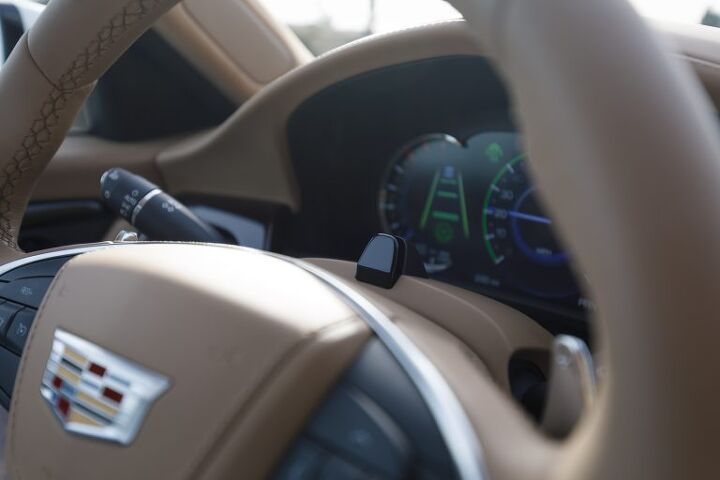


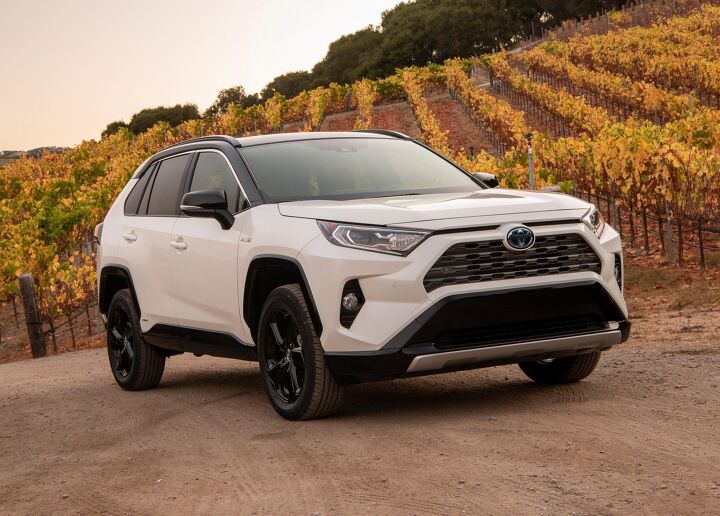





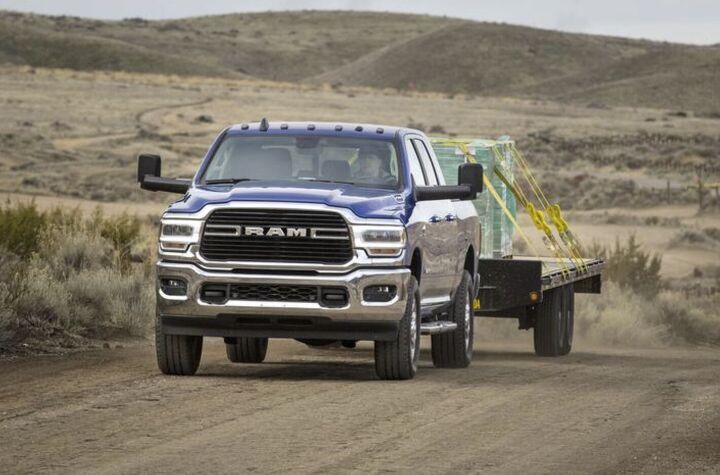
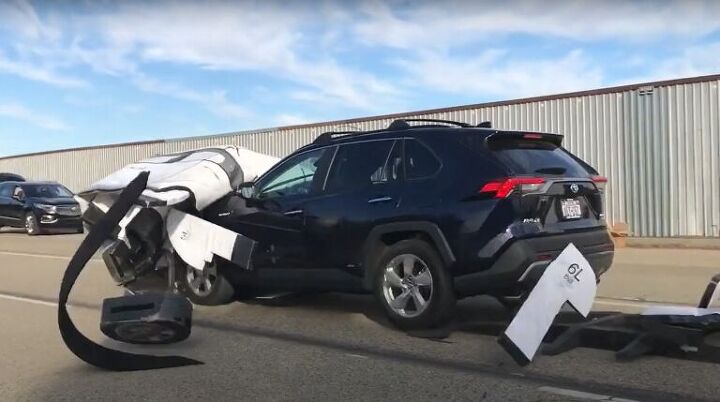
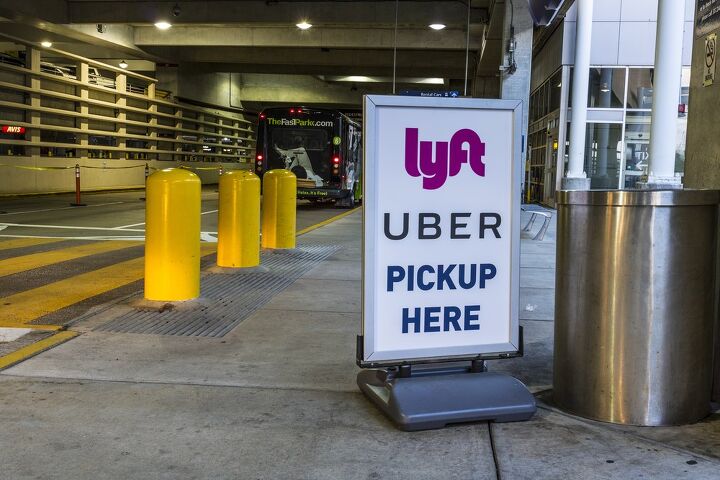














Recent Comments